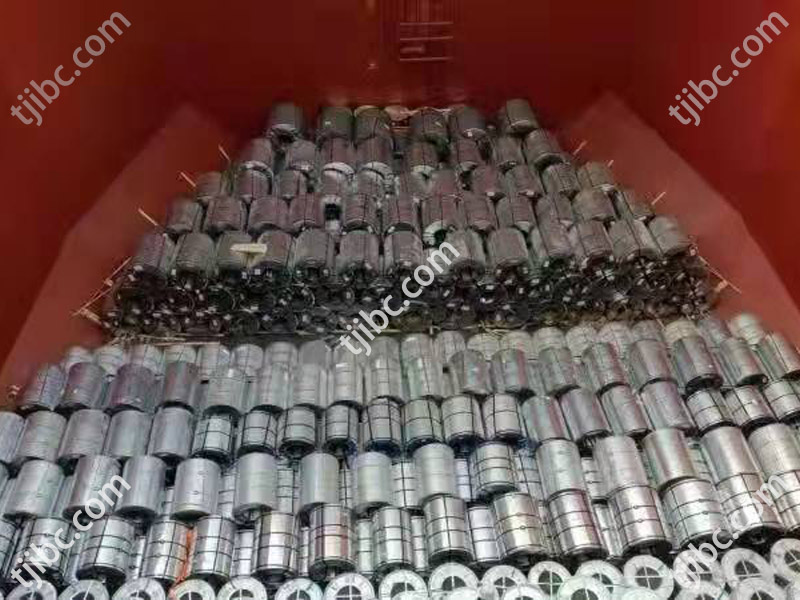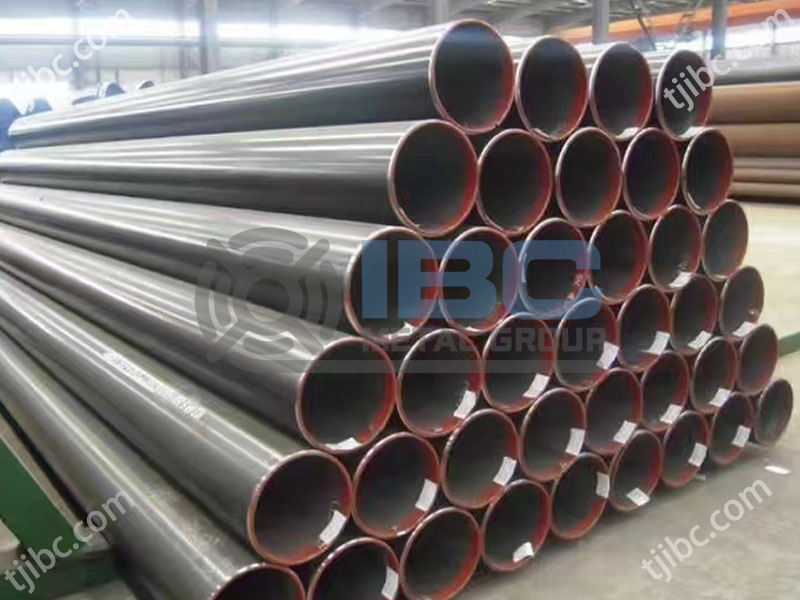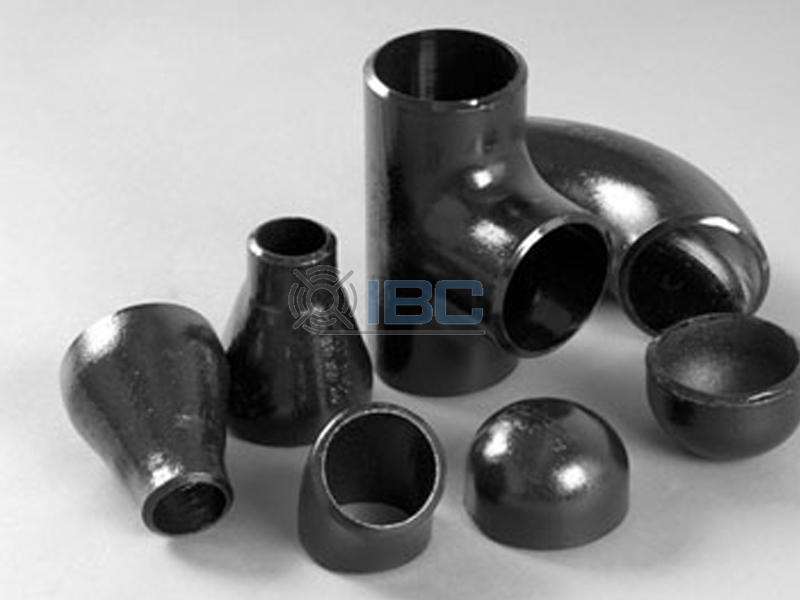Angle steel bar is an important building and structural material with diverse shapes and sizes to meet different engineering needs. In practical applications, it often needs to be selected and designed according to the specific use environment and structural requirements. In this way, it can ensure that it can meet the safety and stability requirements of the project.
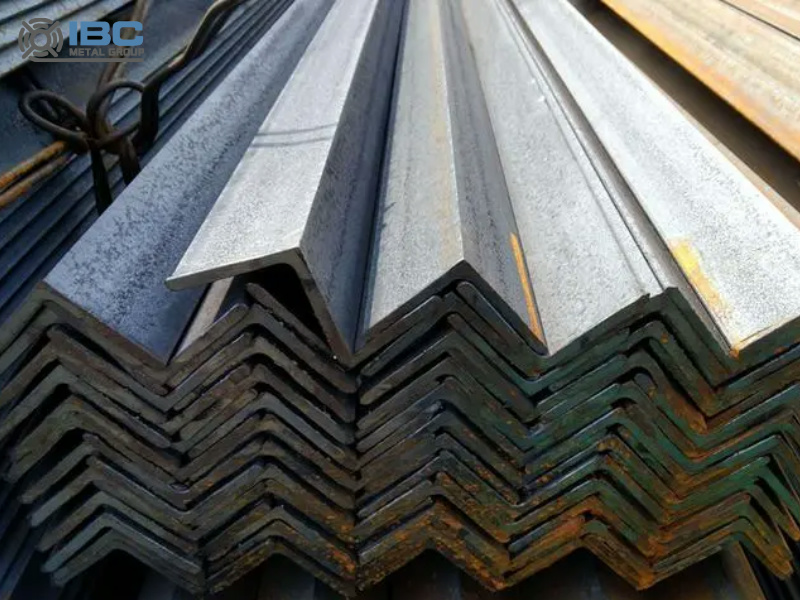
Production Process 1
Raw material preparation: The first step is to select high-quality carbon structural steel as raw material, which includes billets, graphite and other auxiliary additives. Ensuring the quality and purity of raw materials is essential for subsequent processing and product quality.
Smelting: The raw material is heated in the furnace and melted at high temperatures to form a liquid metal. The process is melting. The molten metal after smelting needs workers to refine and remove impurities and gases to ensure the purity of the metal.
Casting: A worker pours molten metal liquid into a mold. When it cools and solidifies, it forms a casting. Workers can choose continuous casting, centrifugal casting, pressure casting and other methods according to customer needs. This allows for more product performance.
Hot rolling: Casting good castings need to go through hot rolling process. Hot rolling is a process in which steel is heated to a certain temperature and then deformed by rolling. This step allows for greater control over size and shape.
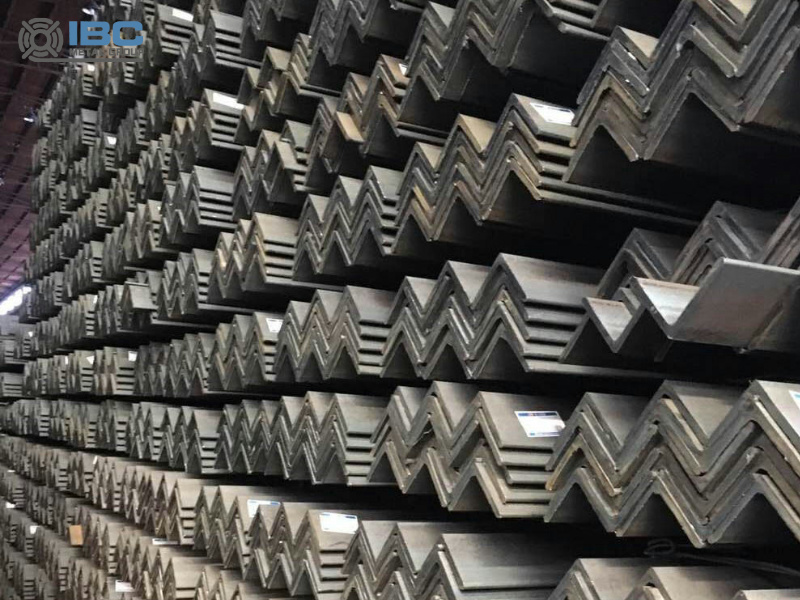
Production Process 2
Cold drawing: Hot rolled steel may have some internal defects and stresses. Therefore, the factory needs to carry out cold drawing process. Cold drawing is through drawing processing to make the size and shape more accurate and improve the quality of the material.
Straightening and cutting: After cold drawing, workers need to straighten it to ensure that its shape is straight. Then, as needed, they cut the steel to specifications suitable for processing or use.
Welding: For some special structures, the welding process connects multiple parts together. Workers commonly use arc welding, gas shielded welding or argon arc welding.
Polishing and surface treatment: Finally, polishing by mechanical grinding or chemical treatment, so that the surface is smooth and smooth. This can not only improve the beauty of the steel, but also enhance its corrosion resistance.
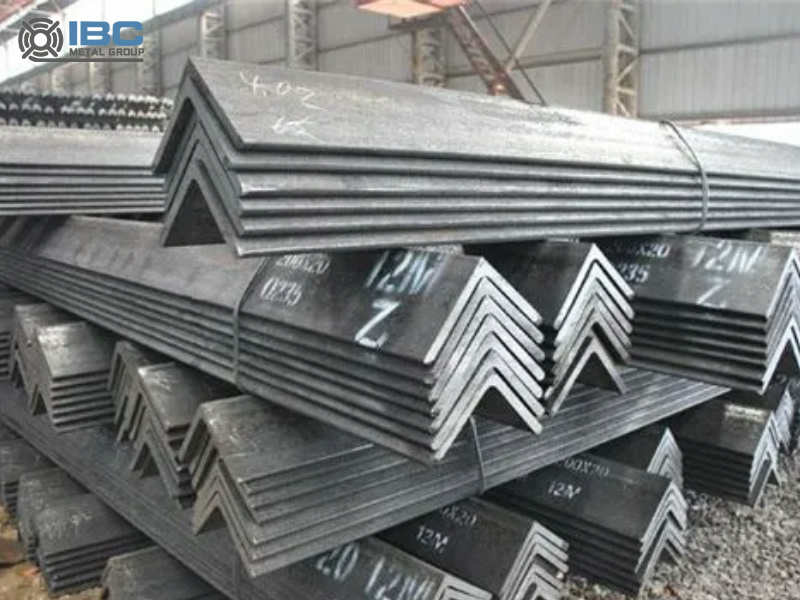
Performance Profile of Steel Angle Bar
First of all, Angle steel bar has excellent corrosion resistance. It can withstand a variety of external environment corrosion, such as acid, alkali and other corrosive liquids, is not easy to rust, so it has a longer service life. This allows it to maintain stable performance even under wet or variable environmental conditions.
Secondly, this steel shows high strength and excellent load carrying capacity. Because it is made of high-quality steel, it has high strength. It can also withstand greater weight and pressure. This characteristic makes it perform well under heavy loads or high pressures, such as support structures or machine parts.
In addition, it also has the characteristics of easy processing. It can be easily processed by cutting, drilling, etc., and can be cut into different lengths and angles according to needs to meet the needs of different construction and applications. This flexibility allows the steel to be adapted to a variety of complex building structures and manufacturing requirements.
Finally, it is relatively light in weight, which makes handling and installation more convenient. Compared with other metal materials, Angle steel is more convenient in the transportation and installation process, which helps to improve construction efficiency.
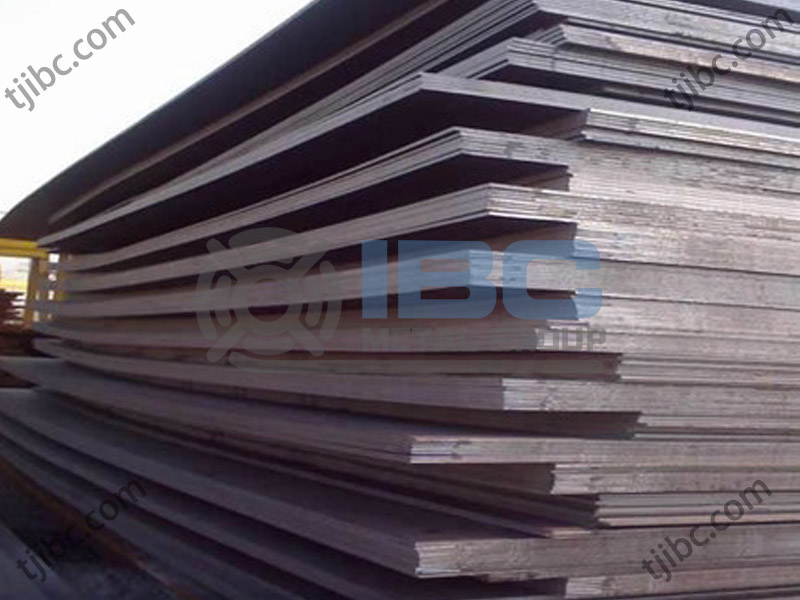
Contact with us today!

